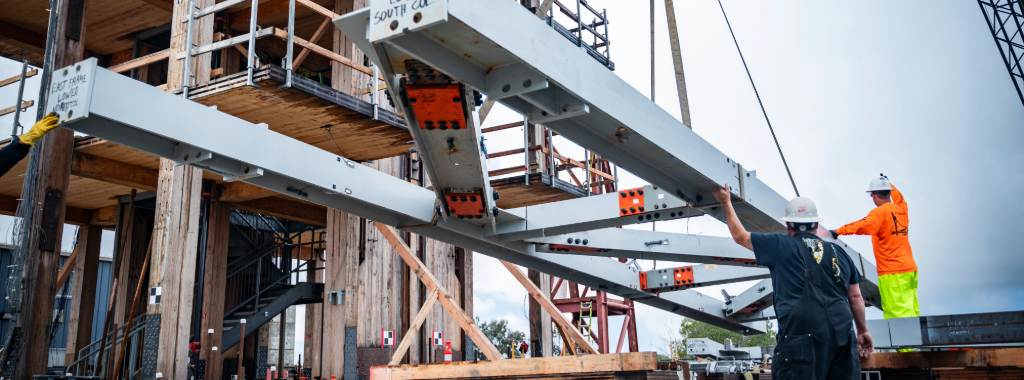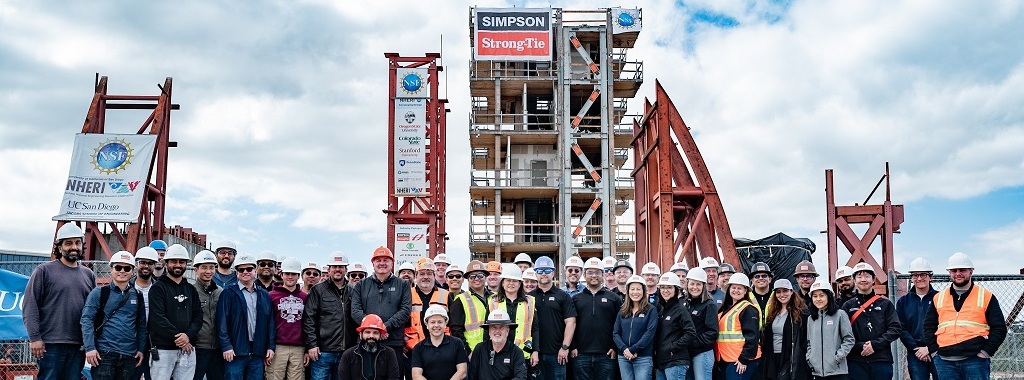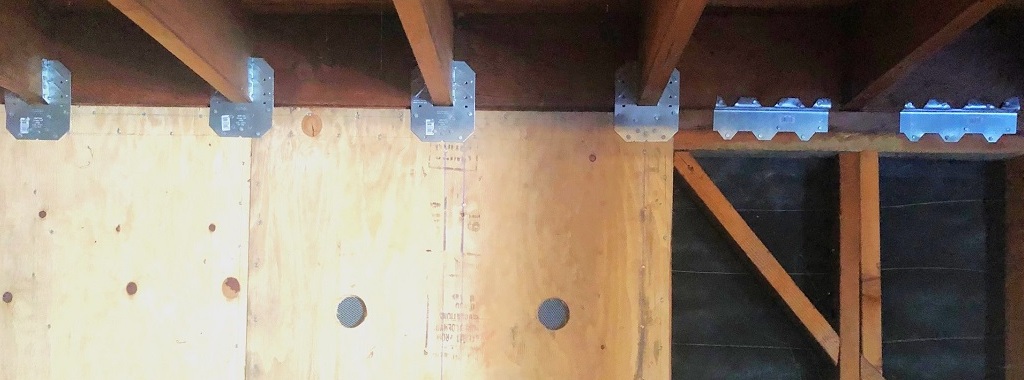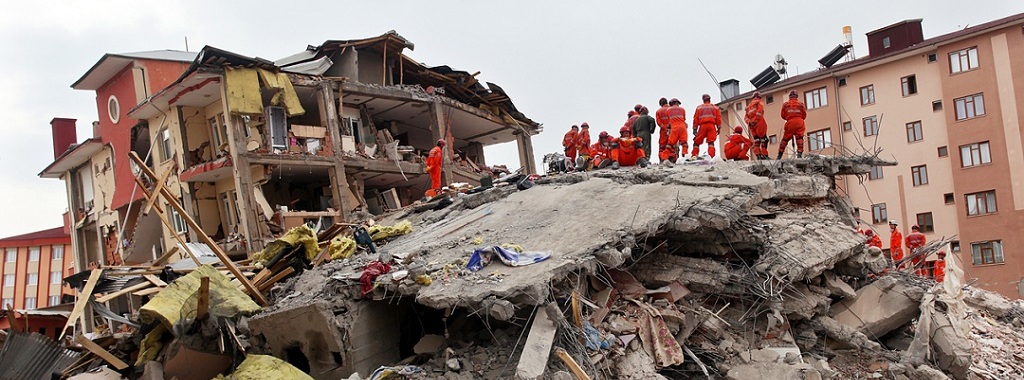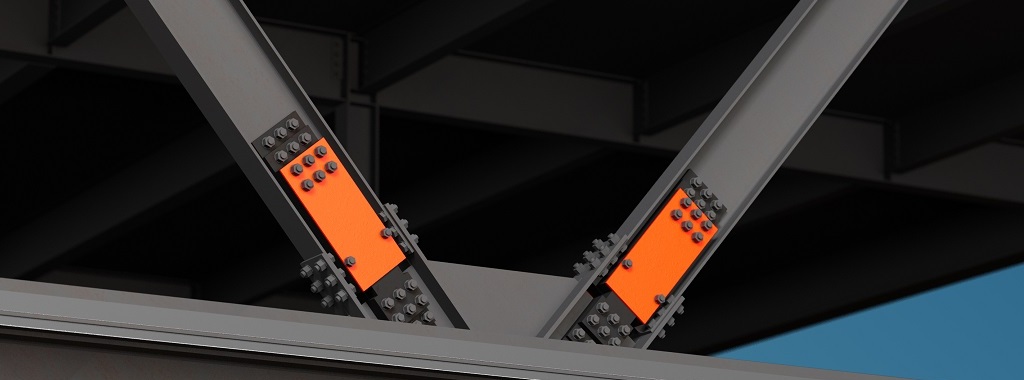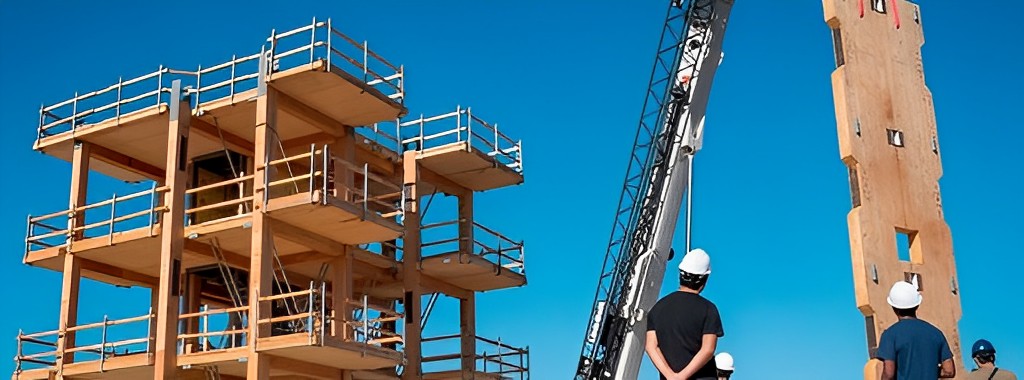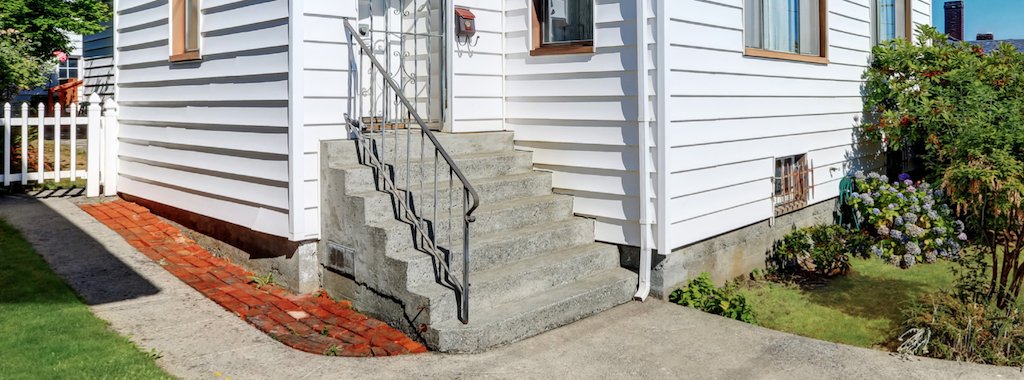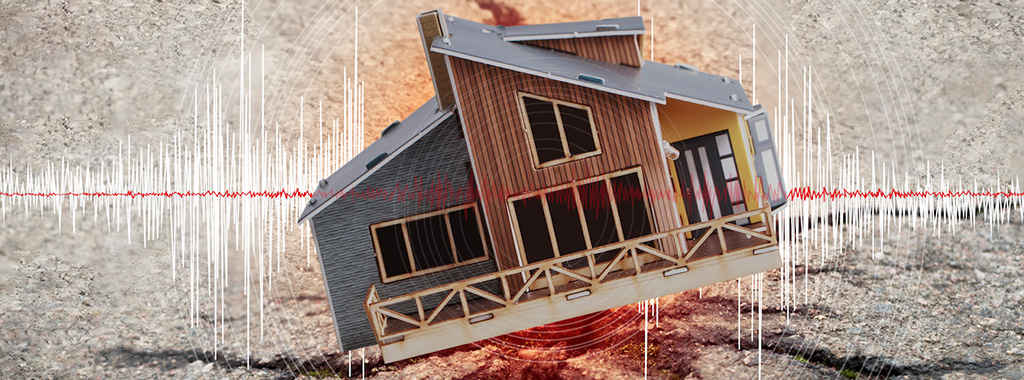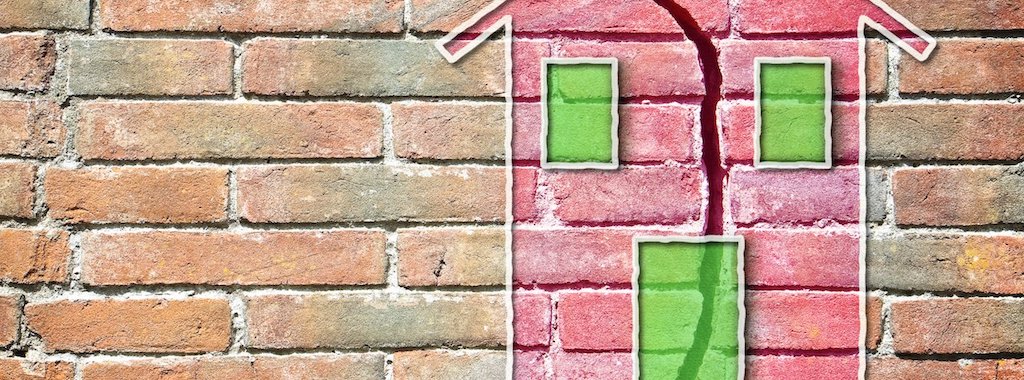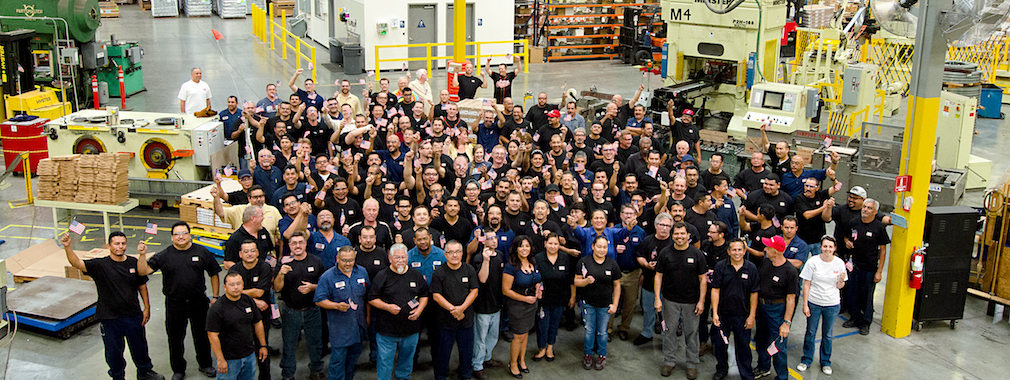As part of the Natural Hazards Engineering Research Infrastructure (NHERI) Converging Design project, Simpson Strong-Tie collaborated with several universities to perform a series of outdoor shake table tests on a six-story hybrid structural steel and mass timber structure at the University of California, San Diego (UCSD).
Continue reading “Innovation through Research and Collaboration: The Converging Design Project”


